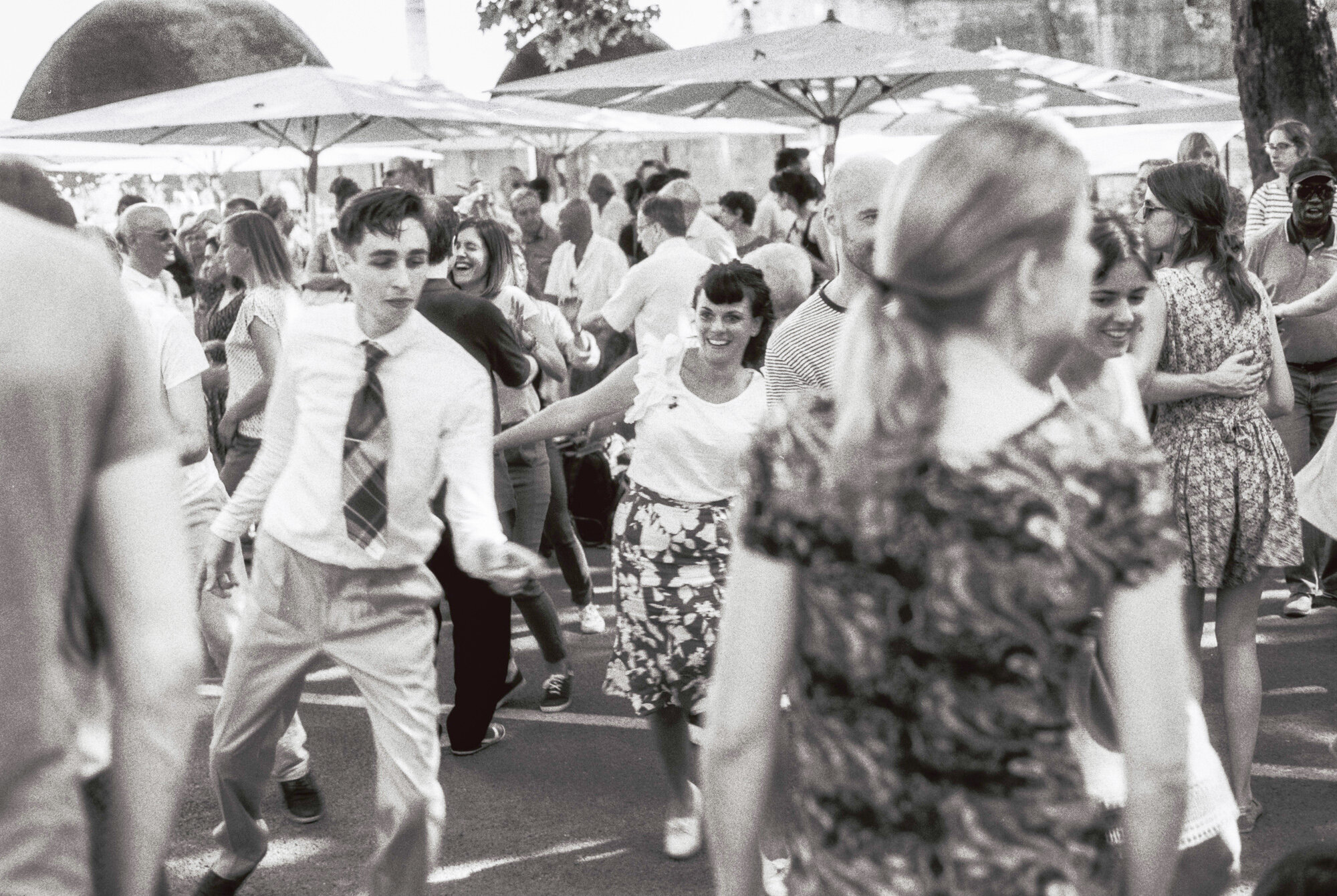All change on the Photographs page! I hope you noticed…….
It was about time, I have to admit a little shamefacedly. Most of the previous photos had been up there since I started this website over three years ago. It’s not that I hadn’t been doing anything photographically in the meantime – I just didn’t have a very clear idea of where I was going. I was a bit stuck.
By a process that I cannot now remember, sometime just before Christmas 2017 I found myself in the office of a property developer in Stockport. It was a Gumtree deal and I was handing over six used twenty pound notes for a very good condition Olympus OM1 and lens. I was taking the plunge back into film. I had also decided that I would use just this one camera and lens for a year.
My first attempts were pretty disappointing: murky, soft, unremarkable grey little things. I persisted though because I had the time and the interest: and also because I needed the discipline. I did lose heart a little bit sometimes and then, in the way of these things, I came up with this one.
Three Women Smiling; Paris.
I was in Paris for a couple of days as back-up driver for a few friends doing the Paris/London cycle route. I was strolling along the Seine when I came across this impromptu dance event. Someone had strung up a pair of speakers and the dancers were jiving away to forties and fifties standards. I had one frame left on the roll and no more film in my pocket so this is all I got. You’re not supposed to praise your own work but I was happy with it. I felt, and still do, that it transmits the atmosphere of enjoyment on that warm Parisian evening.
I pressed on. A friend was selling a Hasselblad. I don’t go out looking for kit, but if one crosses my path, literally or metaphorically, I might have a second look. It was medium format (bigger negatives; more detail), a bit of a lump, but I took the plunge. I bore in mind the words of a Japanese photographer whose work I much admire. He is Hiroh Kikai and he became well-known for a remarkable series: The Asakusa Portraits (I don’t think he’s got a website but you can get a flavour of the work in this interview. Scroll down for the photos).
His philosophy professor lent him the money for a Hasselblad when he was starting out and which he still uses. What he said about this camera was that once he’d got it he didn’t feel he could take certain kinds of photos with it that he might otherwise have been drawn to. So he decided that he would let the nature of the camera dictate the photographs that he would take. That struck me as an interesting discipline and I try to bear it in mind with both the Hasselblad and the Olympus.
(The Hasselblad does take beautiful photographs, though. Some people will tell you that it’s to do with the lens optics but I know that it isn’t. I know that it’s Magic.)
Obelisk, Sheep, Boat Shed; Lindisfarne. Photo courtesy of one middle-aged Hasselblad and standard lens.
At the risk of courting controversy I’ll say that in my experience black and white film photography is harder than any other type. A modern digital camera will do everything for you. It throws up grids on the viewfinder to superimpose composition; it focuses automatically; it gives you not only exposure readouts but also a histogram; it has touchscreen displays and endless image adjustment menus. It’s a computer with a lens on the front. All you the photographer have to do is decide where to stand and when to press the button. With an old film camera it’s not about the kit – it’s about looking. Your approach has to be more rigorous and you need constantly to stay open. You rarely get the spectacular photos that digital is capable of but you do get something else, which you might not otherwise have been aware of.
Most people would probably say that a modern digital colour photograph is a more accurate depiction of the world around them than a black and white one made on film. I don’t think so at all, though. I see the colour photo as a piece of rhetoric: it persuades you that it represents reality. It’s sharply focused; it divides form up into nice clear colours; so it makes hyperclear distinctions for you, takes the complicated old world apart and puts it back together in a nice shiny arrangement. It’s very reassuring. Black and white does no such thing. Black and white is the twilight zone: murky, indistinct, ambiguous, nothing more really than a nudge. I think of Roland Barthes: “I always have the impression…..that in all photography, colour is a coating retrospectively applied to the original truth of black and white.” It’s very difficult to accept that it is the colour photograph which is the trickster. I see it as whistling in the dark.
It’s taken me the last 2+ years to find some kind of a path with black and white film work and what I’ve posted up are some examples of that, loosely grouped under single-word themes. I see it as much less spectacular than what I’d done before. The change in view or outcome that these two cameras have dictated is clear, I hope, from the results.
(No disrespect to colour photography intended, of course. I’ve always had a soft spot for the one below which I took in Aarhuus, Denmark some years ago. It was once on display at an exhibition and someone looking at it commented that it must be Photoshopped. I intervened to say it wasn’t but they were clearly unconvinced. I suppose I should have been flattered.)
Three People With Slightly Different Views Of A Sculpture; Aarhuus.


